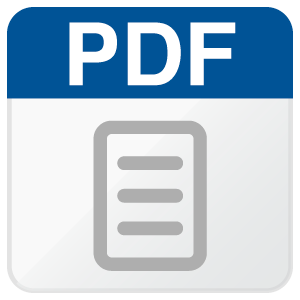Other Parts Discussed in Thread: USB-2-MDIO, DP83869HM
Hi,
We have designed a board using the DP83TD510E and connected it to an STM32F4 micro with MAC and RMII interface. We have not done an Ethernet product before and don't know what we need to do to properly configure the part so the Stack we are using (lwIP) can communicate with it.
It seems to me that a SPE PHY would have some registers that a 'normal' PHY would not, but it isn't clear to me which registers are normal and which are specific to handling SPE things.
I have a copy of the scripts used to work with the EVM but also can't make sense of what they are doing - can I get an explanation for the Autonegotiate and one of the Forced scripts (what each line in the file is doing)?
Thanks,
Mike.




